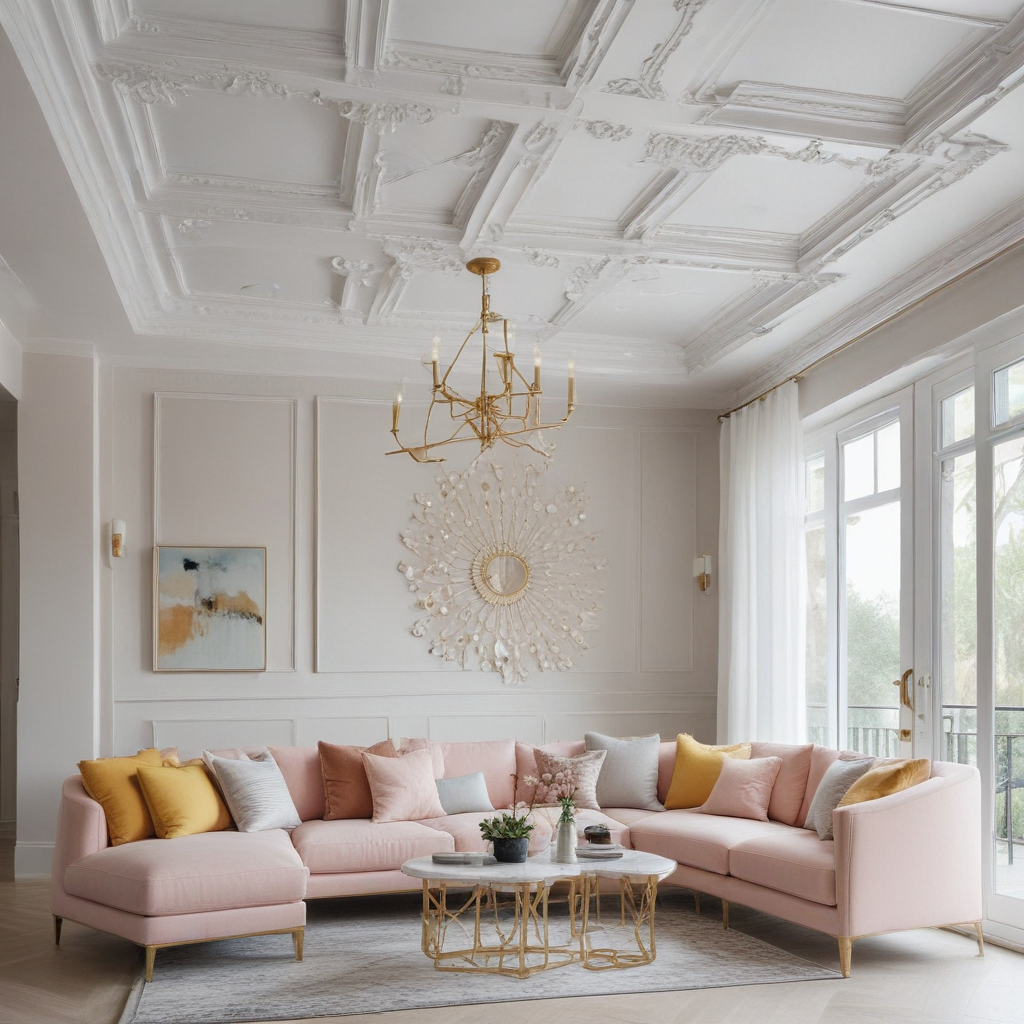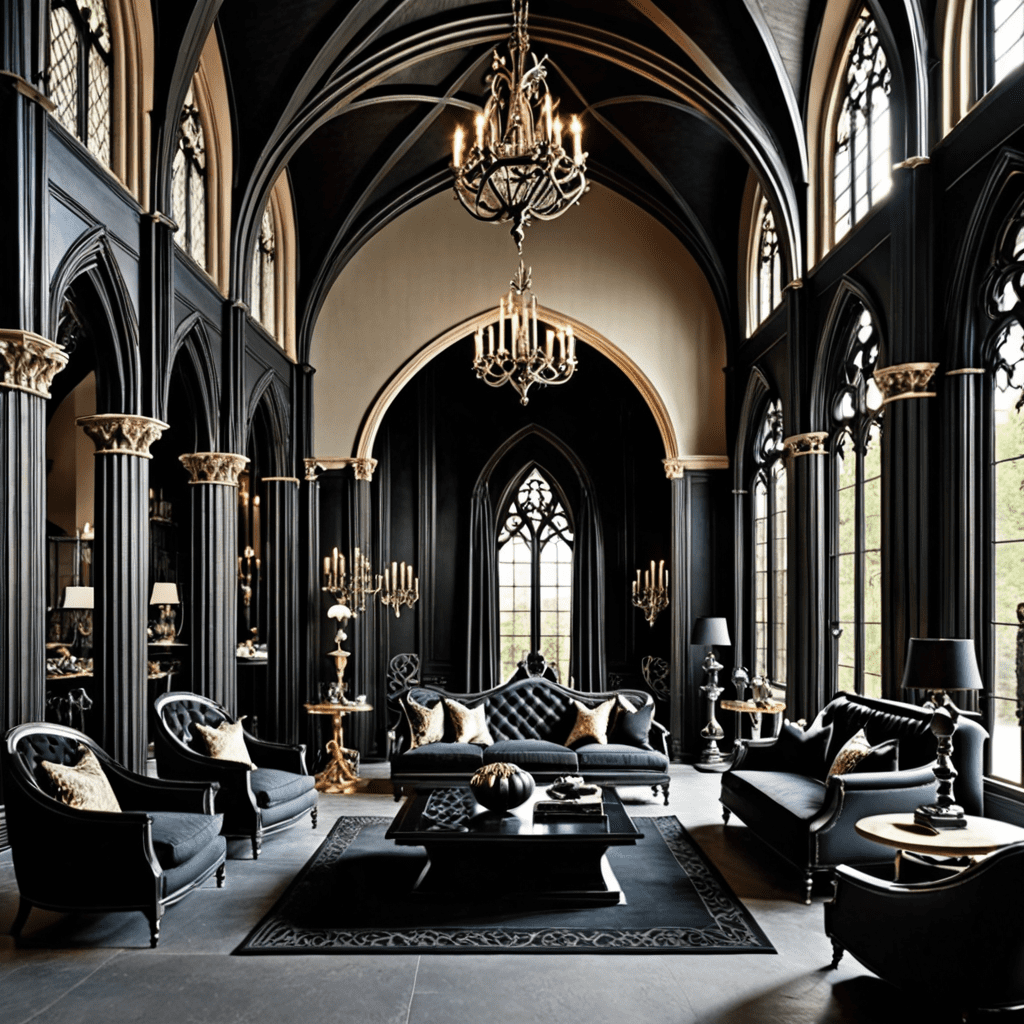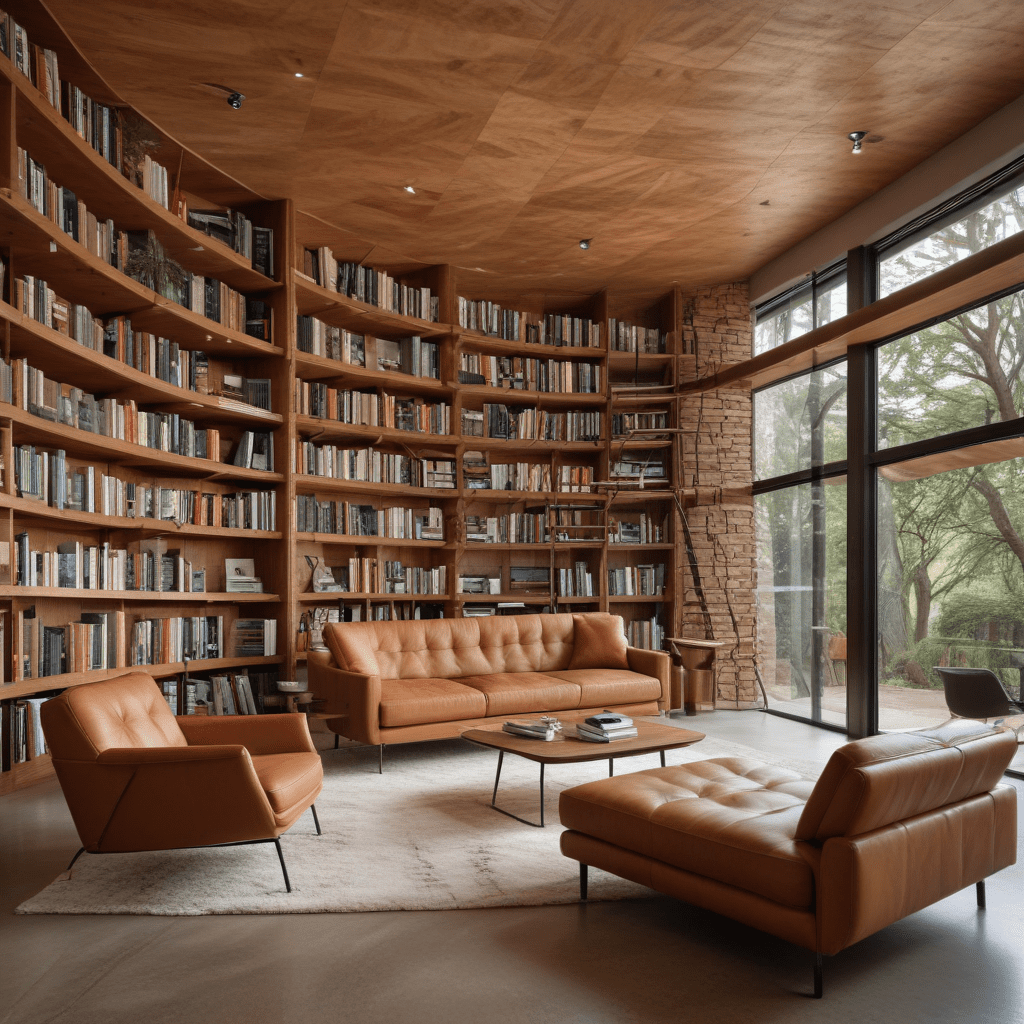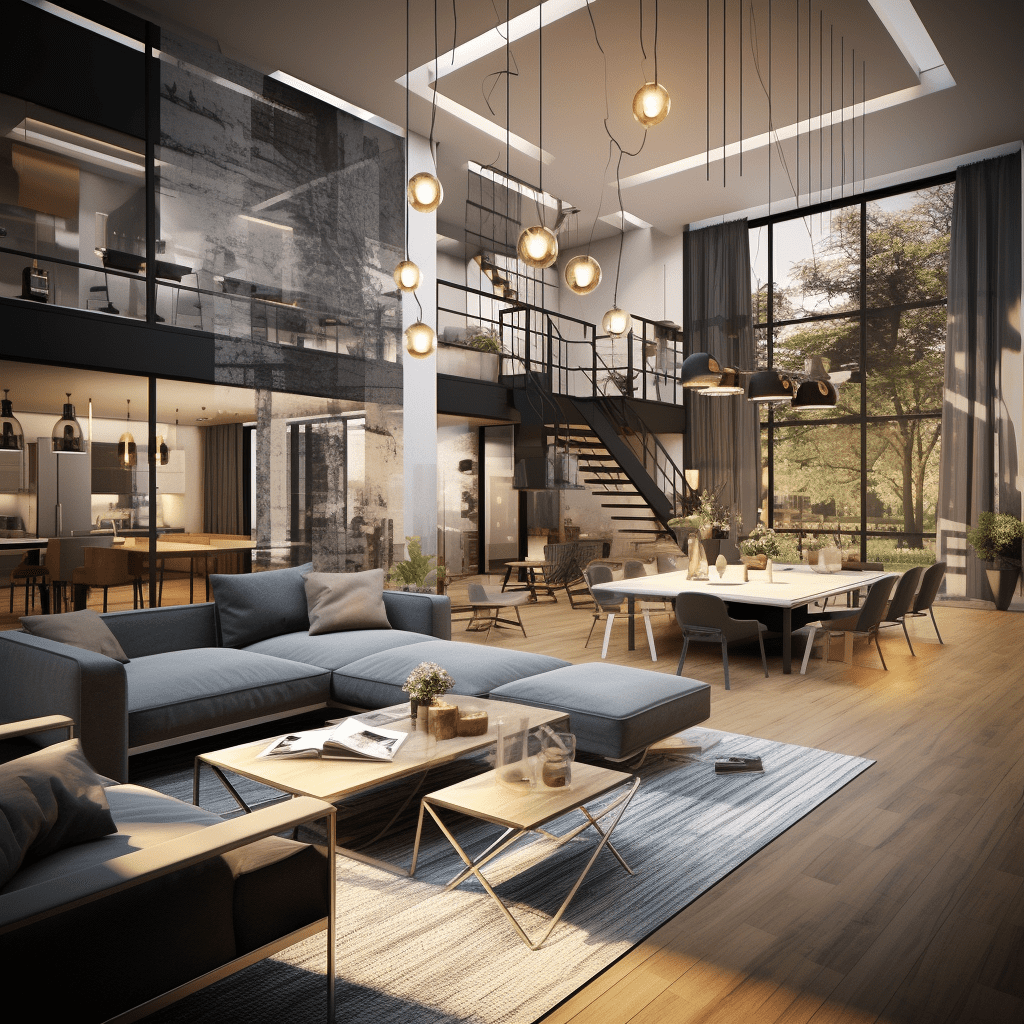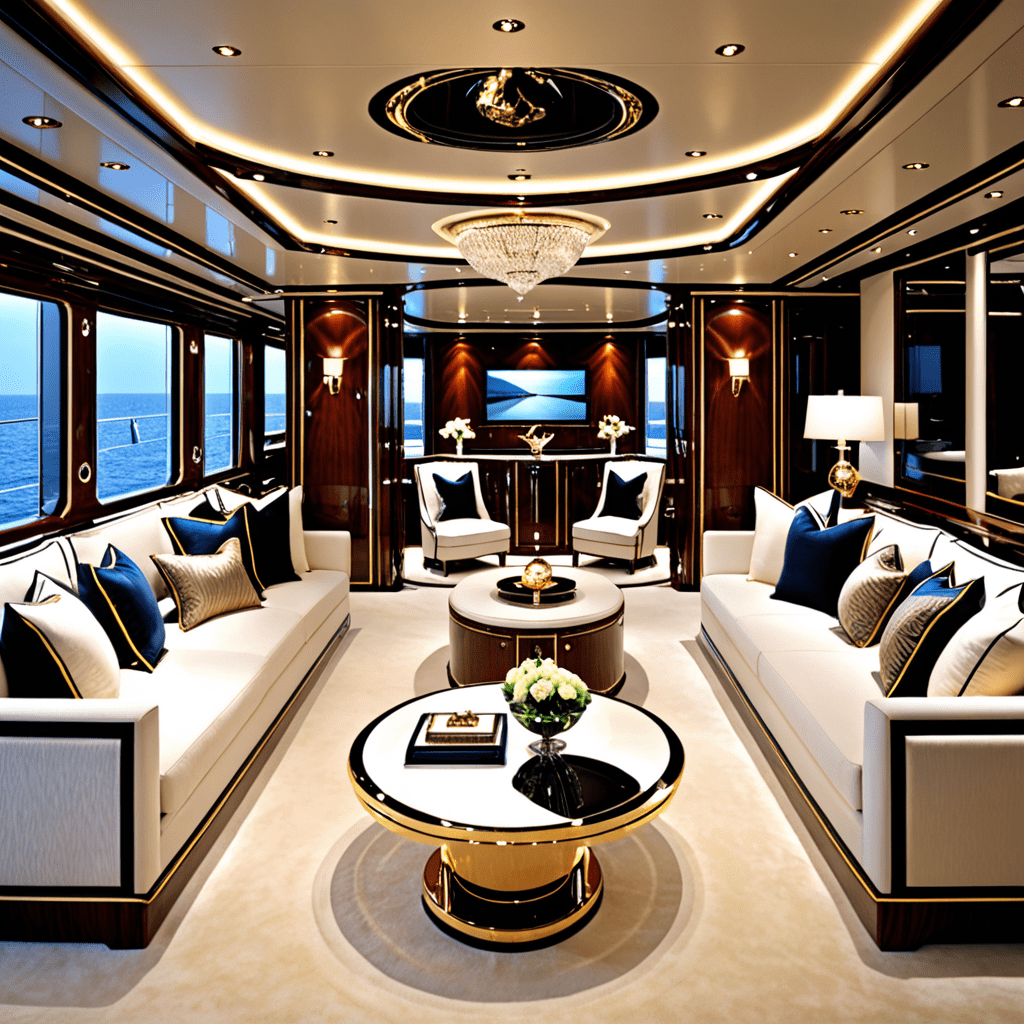Creating Harmonious Flow: The Art of Repetition Rhythm in Interior Design
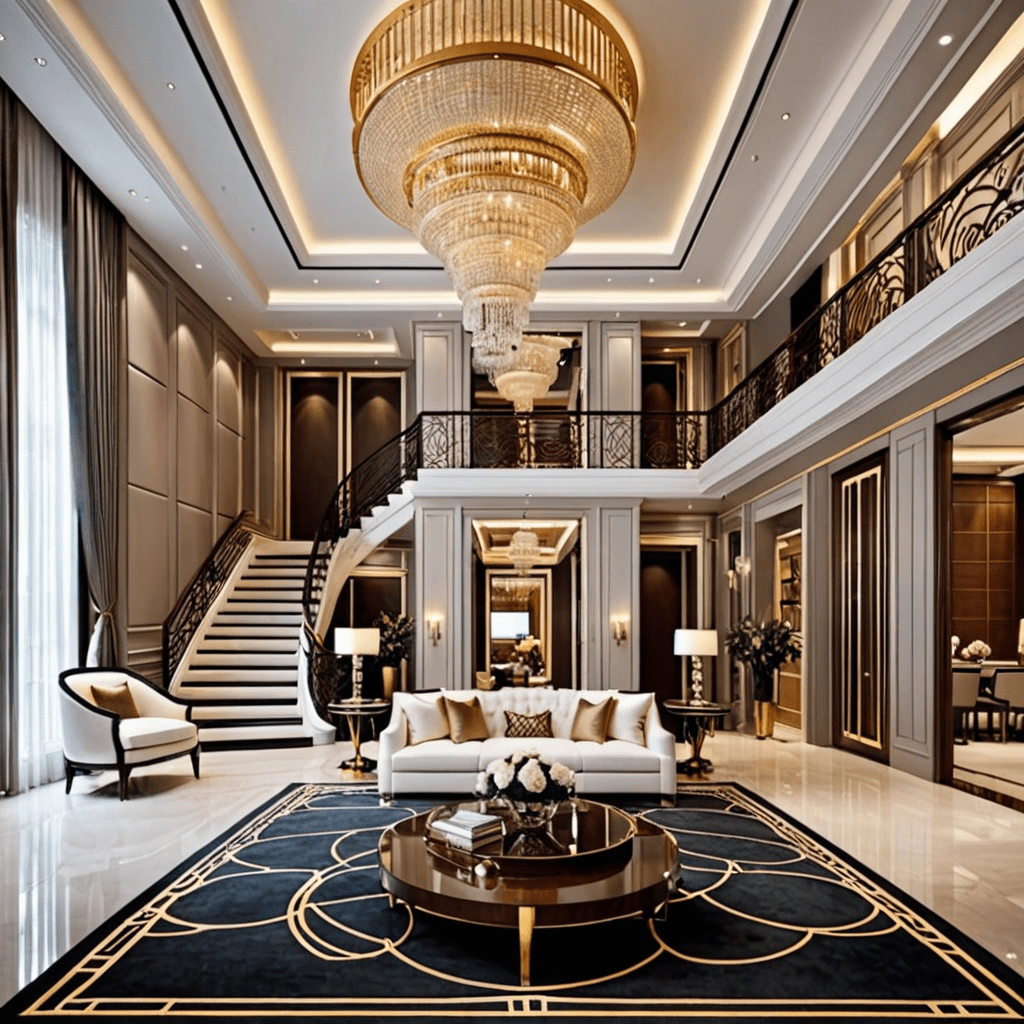

Creating Harmonious Flow: The Art of Repetition Rhythm in Interior Design
In the realm of interior design, the principles of repetition rhythm play a pivotal role in establishing a cohesive and harmonious space. Whether one is a seasoned designer or a homeowner with a penchant for aesthetics, understanding and harnessing the power of repetition rhythm can elevate the ambiance of any interior. This article delves into the significance of repetition rhythm, providing insights into its application and benefits in interior design.
Understanding Repetition Rhythm
Repetition rhythm, a fundamental principle in interior design, involves the repeated use of elements such as shapes, colors, patterns, or textures throughout a space. This intentional repetition creates a visual rhythm that guides the eye and establishes a sense of unity. By incorporating repeated elements, designers lend a sense of coherence and continuity to a room, fostering a balanced and visually appealing environment.
Creating Harmonious Flow
Repetition rhythm fosters a natural and harmonious flow within a space. When well executed, it instills a feeling of balance and unity, drawing the eye from one area to the next seamlessly. Whether through repeated motifs in furnishings, consistent color schemes, or recurring patterns, the deliberate use of repetition rhythm ensures that each element within the space feels interconnected, promoting a sense of visual continuity.
Emphasizing Key Elements
In interior design, repetition rhythm serves as a powerful tool for emphasizing key elements within a room. By repeating certain design elements, such as unique focal points or architectural features, designers can draw attention to these distinctive attributes, thus enhancing the overall aesthetic appeal of the space. This strategic repetition draws the eye to the focal points, making them stand out amidst the cohesive design scheme.
Enhancing Visual Interest
Incorporating repetition rhythm within interior design not only fosters unity but also enhances visual interest. Whether through a repeated geometric pattern in textiles, an array of identical décor items, or the consistent use of a specific material, the deliberate repetition of elements creates a captivating visual rhythm. This repetition adds depth and dimension to the space, contributing to its overall allure.
Establishing a Sense of Cohesion
Repetition rhythm serves as a unifying force, tying together the various elements within a room to establish a sense of cohesion. By integrating repeated elements, designers can seamlessly connect disparate elements, creating a cohesive and integrated design that exudes a sense of completeness. This approach ensures that every component within the space feels purposefully integrated, contributing to a cohesive and well-thought-out interior.
Fostering a Tranquil Environment
The application of repetition rhythm can also contribute to fostering a tranquil and calming environment within a space. By establishing a visual rhythm through repetition, designers can create a serene ambiance that promotes relaxation and harmony. The consistent and predictable nature of repetition rhythm can cultivate a sense of order and tranquility, making it an invaluable tool in shaping the mood of an interior.
FAQ
Q: How can I effectively incorporate repetition rhythm in my home’s interior design?
A: To harness the power of repetition rhythm in your home’s interior, consider identifying key elements or motifs that you wish to repeat, such as colors, patterns, or textures. Use these repeated elements strategically throughout the space to establish a cohesive visual rhythm and foster a harmonious ambiance.
Q: What are some common elements that can be repeated to create a repetition rhythm?
A: Elements such as colors, patterns, textures, shapes, or decorative motifs can be repeated to establish a repetition rhythm within interior design. This intentional repetition creates a cohesive and visually appealing environment, enhancing the overall aesthetic of the space.
Q: What are the benefits of incorporating repetition rhythm in interior design?
A: The deliberate use of repetition rhythm in interior design fosters a harmonious flow, emphasizes key elements, enhances visual interest, establishes a sense of cohesion, and contributes to creating a tranquil environment within a space. This approach allows for the creation of visually compelling and unified interiors.
In conclusion, the art of repetition rhythm holds immense significance in interior design, offering a means to foster harmony, visual interest, and cohesion within a space. By understanding and leveraging this fundamental principle, designers and homeowners alike can craft interiors that exude a sense of unity and balance, ultimately elevating the overall aesthetic appeal of their living spaces.
